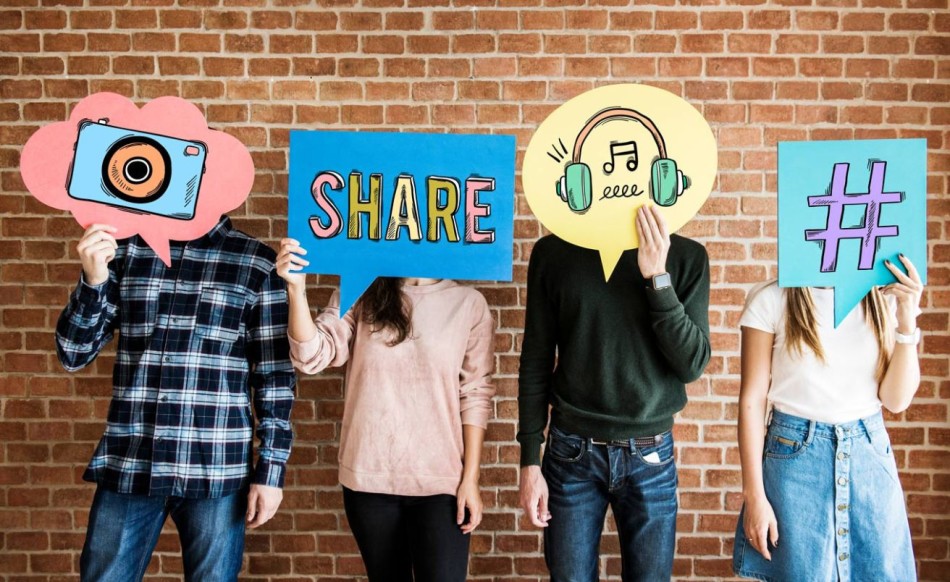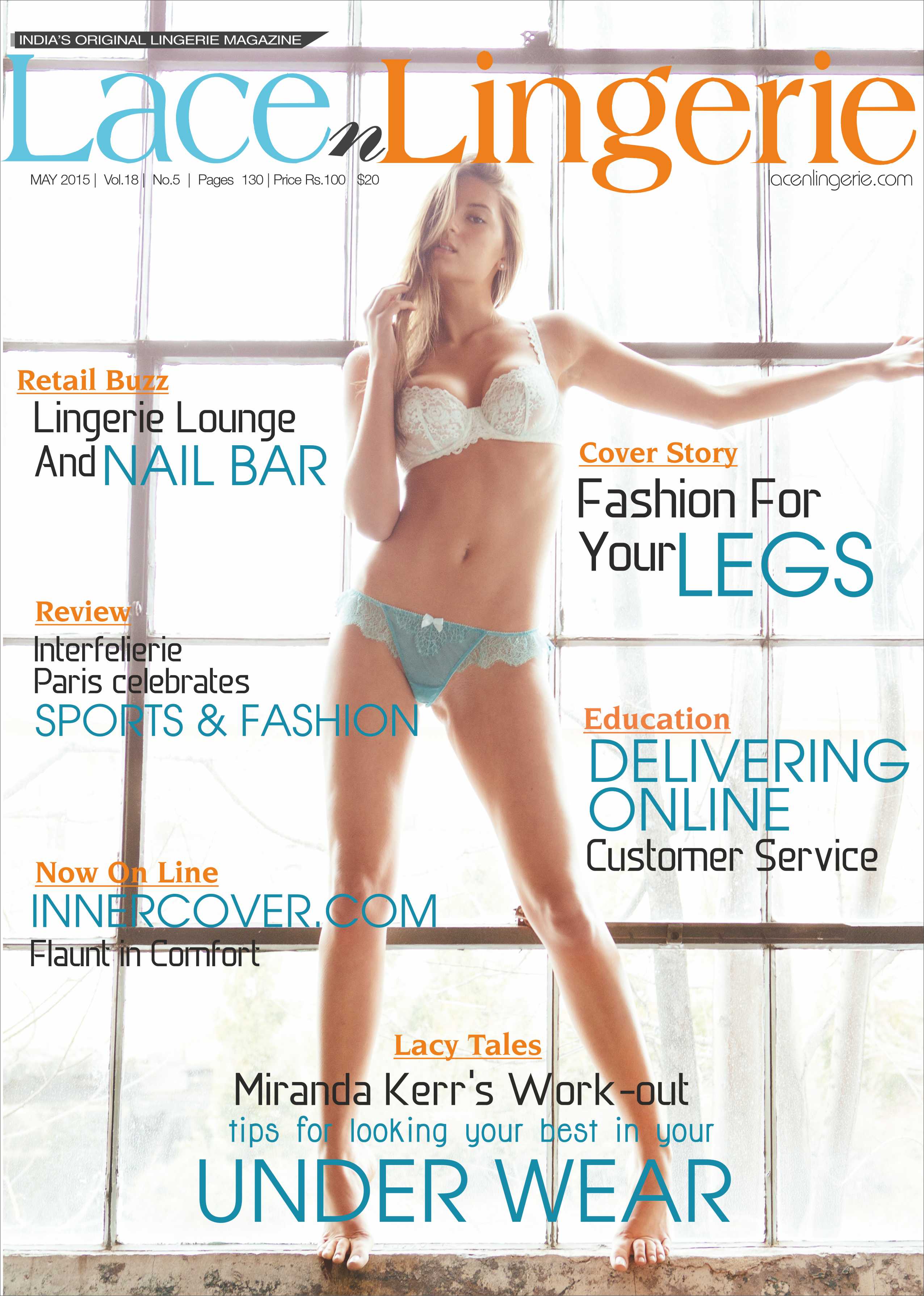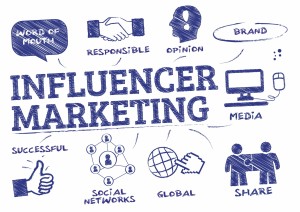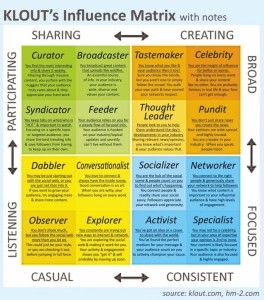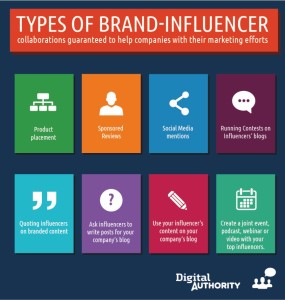In today’s world, influencers have transformed modern marketing. Influencer marketing has been on the rise over the last few years and shows no signs of slowing down. Advertising has stayed relevantly the same for about 50 years. Until the internet and social media came and disrupted it. Ask yourself, when was the Last time you bought something because you saw a newspaper ad or a billboard.
In today’s world, advertisers are spending their money towards platforms like YouTube, Instagram, and Facebook. In addition, on top of these platforms, we have these people called influencers. Now the question arise.
What are influencers?
Anyone and everyone in today’s age can become an influencer. An influencer is an individual who has the power to affect purchase decisions. An individual who has a following in a particular niche, which they actively engage.
An influencer constantly posts online through platforms such as Instagram or Youtube in the niche of their choice. Therefore, this could be Beauty Tutorials, or Comedy Skits, Vlogs and Fashion Inspo. If you are wondering what a Vlog is, A video blog or video log, usually shortened to vlog, is a form of blog for which the medium is video, and is a form of web television. Like for example, there are influencers who film vlogs of themselves like drinking soup or their daily routine in life and viewers find it entertaining and somehow they have amassed a huge following and have become an influencer.
So if you are wondering why your kids are glued to YouTube, this is why. Currently, the influencer marketing is $8 billion dollar industry and projected to be a $15 billion dollar industry by 2020. Therefore, many brands are realizing this is a highly effective way to market to millennials.
Over the past, few years we have seen businesses virtually transform especially in the e-commerce space thanks to influencers. As of 2019, 82% of consumers trust peer recommendations. Moreover, 85% of buyers trust reviews as much as personal recommendations. 60% of in-store purchase decisions are influenced by something that someone has seen on social media post or a blog post. An average of millennials are spending 9 hours on social media a day. So often, what is happening is these YouTubers are watching and building relationships with their viewers, in turn, becoming their friends more so than their real-life friends.
A case study went viral some months ago. HiSmile is the Australian teeth whitening start-up that shot to success. Nik Mirkovic and Alex Tomic are the founders of HiSmile. Many Instagram models placing the teeth whitening device in their mouth and taking a picture with it, as it is very photographical. These young founders created this product and the headline read, ‘Kylie Jenner helped two twenty-year-olds turn a few thousand dollars into a forty million dollar business!’
Question on everyone’s mind. How did they do this? They took a very millennial approach to their marketing and started off by utilizing these mid-level and micro-influencers, generating more sales, eventually, they gained enough money to do a brand deal with Kylie Jenner. Moreover, when she created the content of her using the product and posted a picture online, the post went viral to 75 million followers at that time and their sales skyrocketed.
Coming to our next question. What is the difference between a celebrity and an influencer?
It really comes down to just one word and that is, ‘Relatability’. People are drawn to influencers because they are uncensored, perceived as mostly normal, down-to-earth people and unscripted. Signing a celebrity endorsement can cause the value of stocks to rise and increase sales by about 4 percent, according to Social Media Week when it comes to consumer’s product purchasing decisions. 70% of teenage YouTube subscribers trust influencer opinions over traditional celebrities. Influencer marketing is not only applicable to brands but also applicable to people. The internet is full of free digital marketing tools for entrepreneurs trying to take their business to the next level, without a hit to their bottom line.
There are over a million business profiles on the Instagram platform, as a marketer you have a wide variety of influencers to choose from for collaborations. However, you need to be a bit savvier – it’s essential to choose influencers who resonate with your brand and come across as authentic.
Most people are looking to build and grow their Instagram following and garner an audience. Building a personal brand today is more important than ever when it comes to things like accessibility, opportunities, job employment and more. Personal brands are important and part of that puzzle piece is growing your audience. So how do you do it? You can utilize it in influencers. For example, if you have a lingerie brand page that you want to grow you would actually pay a bigger influencer in your niche to shout you out and these shout outs are how many people are growing their followers quickly. Another interesting fact is Influencers are similar to Instagram’s ad manager in the sense that they both draw an audience that brands might not otherwise have access to.
To name a few the top Indian influencers are as follows:
Fashion Instagram influencers in India
Santoshi Shetty @santoshishetty (632k followers),
Malvika Sitlani @malvikasitlani (261k followers)
Travel Instagram influencers in India
Nivi Selvaraj @postcardchronicles (10.6k followers)
Bhumika T @bhumika_t (175k followers)
Lakshyaraj Singh Mewar @lakshyarajsinghmewar (154k followers)
Food Instagram influencers in India
Shivesh Bhatia @shivesh17 (186k followers)
Maunika Gowardhan @cookinacurry (138k followers)
Hina Bisht @funfoodandfrolic (123k followers)
Social media Instagram Influencers in India
Srishti Dixit @srishtipatch (173k followers)
Abish Mathew @abishmathew (364k followers)
Rohan Joshi @mojorojo (312k followers)
Most of the time when we talk about buying or selling particular social actions or metrics, we go back to the simple ones; likes, follows, comments, and shares.
For example, if you are working on a new form of green technology and Elon Musk gives you a mention on Twitter, you can bet you are going to have a lot of interest in your company very quickly. You will find many people suddenly have a business proposition for you. Influencer marketing is the art of getting those shout-outs. When another brand or influencer mentions you or your brand on his or her profile and promotes your page, you are getting a shout out on Instagram. It is an endorsement from another Instagram user or brand. Shout out posts can be photos, videos, infographics, or GIFs.
There are different types of influencers who influence social media– Celeb, Mega, Macro, Micro, Advocates, Referrers, and Loyalists.
Celebrity Influencer
Those whose fame derived from Social media. They typically have more than a million followers. These people own their distribution channels. Therefore, whereas a movie star back in 1990 might have had a lot of fame but could only speak to their audience through a studio, a television network, record label or radio. Whereas as a celebrity influencer can speak to their audience one on one and build a direct consumer relationship. Celebrities receive their fame from traditional means (e.g. movies, TV shows, modelling) whereas a social media influencer achieves their popularity primarily from social media (e.g. posting fun, aspirational, comedic, or lifestyle content, engaging with fans and followers online)
Mega Influencer:
Mega-influencers are the highest-ranking category of social media influencer; they typically have more than a million followers. These influencers have a consistence viewership. They have viewers that have been loyal to them. They tend to have notable brand deals. These influencers have signature brand deals and tend to work with these brands only year and year out.
Macro Influencer:
The macro influencer can be just about anyone, with the right amount of followers. Typically, with somewhere between 100k to 500 k followers, these influencers can be bloggers, journalists, executives and others with a passion for sharing their lives. These influencers would encompass the vast majority of the influencer population. This type of influencer has the highest topical relevance on the spectrum, as they tend to focus on a specific category, such as lifestyle, fashion, fitness or business. Macro influences are especially good at promoting products or services in a natural way, raising awareness on how your brand can benefit their follower’s lives.
Advocates:
Advocacy marketing is all about working with customers who already know and love your product. They are writing stories, reviews, taking surveys on your products, and show major interest and engagement in your product and brand. Advocates are people who speak about your brand positively, either through the use of a product or service, and will jump into conversations around your brand to either promote or defend.
Referrers:
The Referrer is someone that drives people to your website, place of business, or online profiles, with a solid and trusted recommendation for your product or service.
Loyalists:
Loyalists are built from consistent support from, and involvement with, your brand. These people have grown with you, supported you, and bought into your message completely.
Coming to our next topic.
How does an influencer or creator make money online? And their different revenue streams and a lot of them are just trying to sustain making the content as their full-time job. What you should keep in mind is not only did the advertising industry change but the entertaining industry changed as well. Advertisers have bigger budgets and make commercials and even on the entertainment industry front, there were bigger grants, bursaries and a support system for artists. So now when you see an influencer doing a sponsored post they are essentially getting two for one for a fraction of the price. Relatively they are not being paid that much. These creators invest their time and are on-camera talent 24/7, directing, producing, editing the lighting, styling their outfit and makeup, managing and they are their distributors amongst many processes.
Therefore, if you see a sponsored post by a creator and like the content being created and end up giving positive feedback, the brand notices this which may result in another deal with the influencer, which leads to more content for the consumer. The biggest misconception is all influencers are created equal but they are absolutely not it is all about the engagement rate and having that engagement rate be actual real people and robots.
Another tool brands and influencers are using to help drive more views and subscribers to their channel; they pay to run an ad campaign for videos on YouTube through Google Ads. You can create an ad that appears before a video starts, or alongside a video on its watch page on YouTube. YouTube influencers, including Bhuvan Bam (BB ki Vines), and Mumbiker Nikhil, becoming mini TV channels. It is definitely impossible to miss product reviews, fast food mukbangs, makeup tutorials and clothing haul videos on YouTube. Brands across categories are collaborating with YouTube influencers to engage with young consumers, who spend a lot of time watching videos. For the record, the average time spent by an Indian watching videos online has jumped to 52 minutes a day in 2018 from a mere 2 minutes in 2012, says a report by media agency Zenith.
According to LiveMint, The real big opportunity for brands would be in regional language content, which is set to explode. Over 275 million internet users speak an Indian language and this is going to swell to about 550 million within the next three years.
Making content, even a ton of content does not result in immediate influence. Creators who want to monetize their content and products are not settling for random acts of content. They focus on creating content that intentionally drives engagement and grows their audience. Influencers show up and are present for their audience base. They are thinking beyond traditional content and creating products or services that monetize their efforts even more.
Attaching recognizable faces (celebrities, athletes, etc.) to brands or products to increase awareness and boost sales is a core marketing principle. In closing, to recap what we have learned influencers are not going anywhere.

